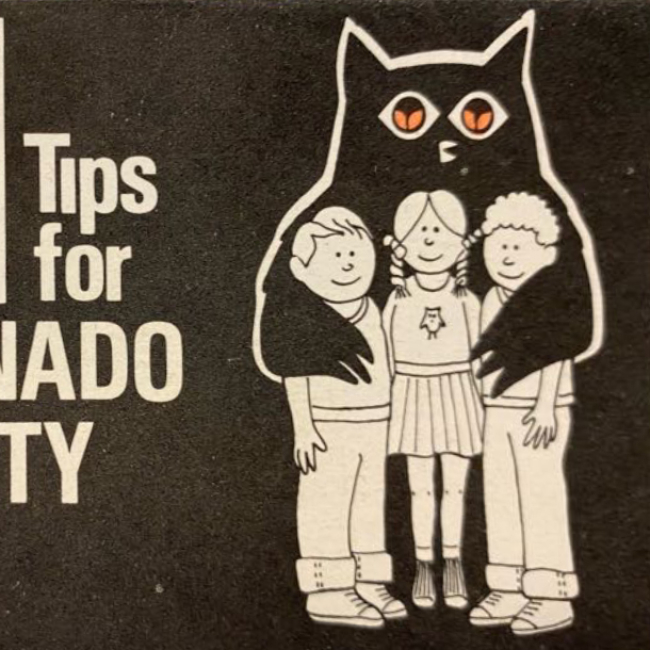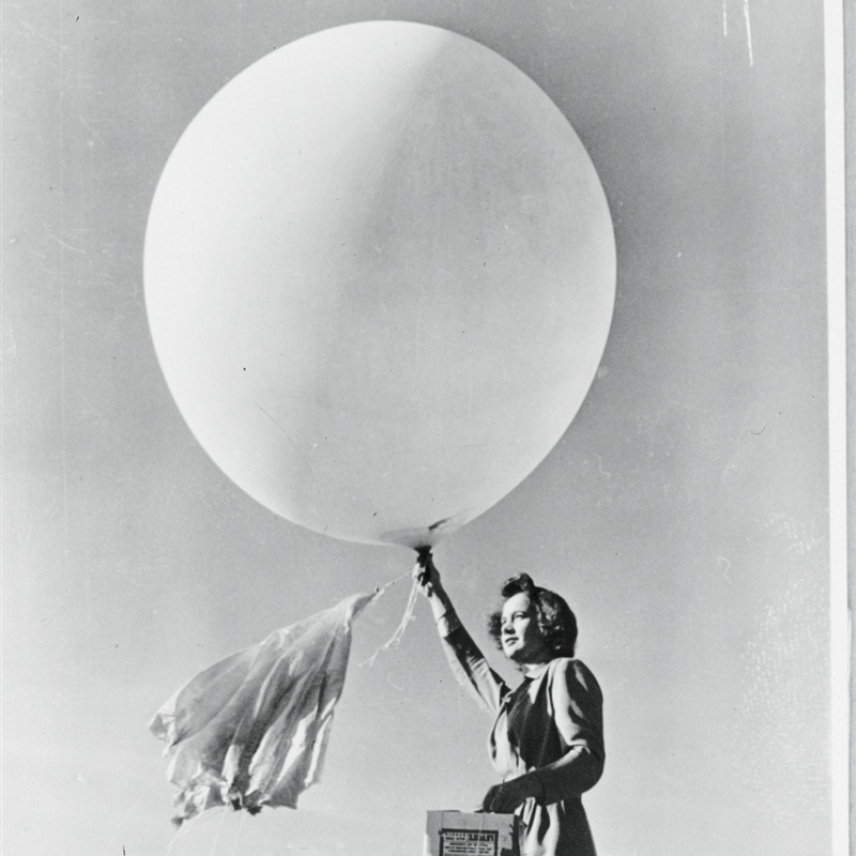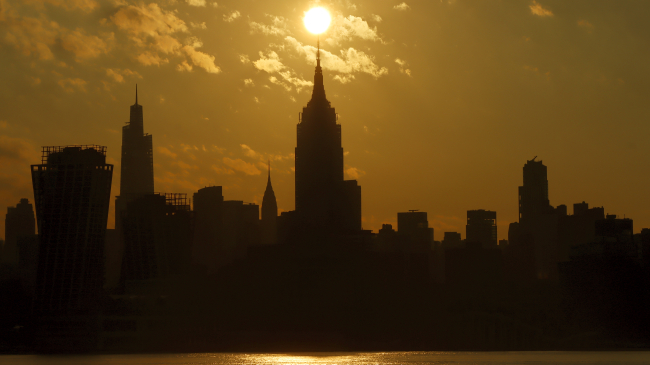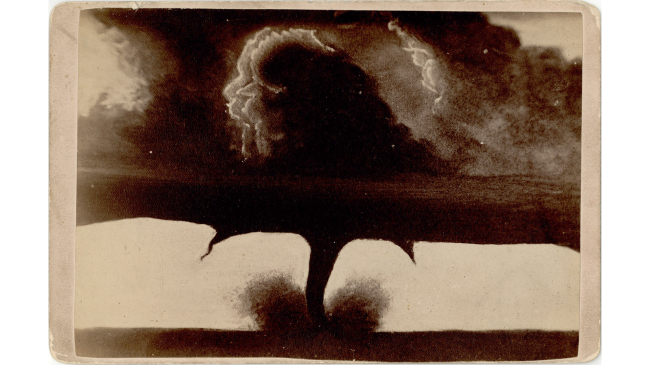In the early 1980s if you found yourself close to a tornado, you might have reached for one of these small tip cards. Before websites and social media were invented, one of these could go right into your wallet, next to your library card, your driver’s license and photos of your family – always there when you needed them.
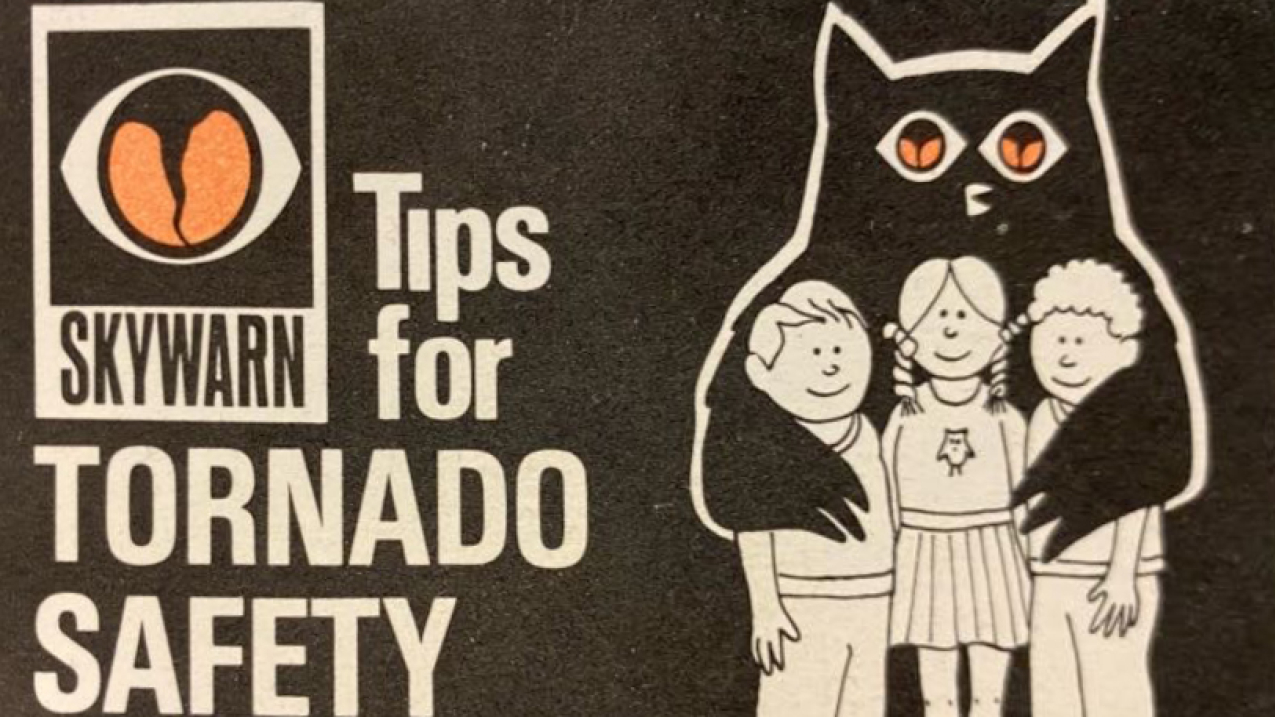
Owlie Skywarn cards were the same size as a credit card, and could be tucked into a wallet for easy reference in the early 1980s. (Image credit: NOAA National Weather Service)
The cards were produced and distributed by NOAA a few years after the huge dramatic tornado outbreak of April 1974 that changed severe weather forecasting forever. We do not have any records of where and how the cards were distributed, but it is likely they went to weather forecasters all over the country and perhaps also to libraries and schools in states where tornadoes had often occurred.
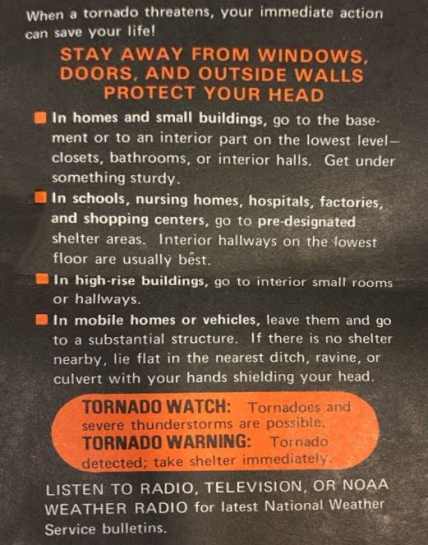
The cards feature Owlie Skywarn, the mascot of NOAA’s National Weather Service. Owlie was created in 1976 as the star of a black and white coloring book for children written for NWS by Dr. Franklyn M. Branley, Nature and Science Advisor to the American Museum of Natural History in New York and illustrated by Leonard Kessler. An owl figure was selected because of the saying, “the wise old owl,” and perhaps also because the author often worked with wildlife topics.
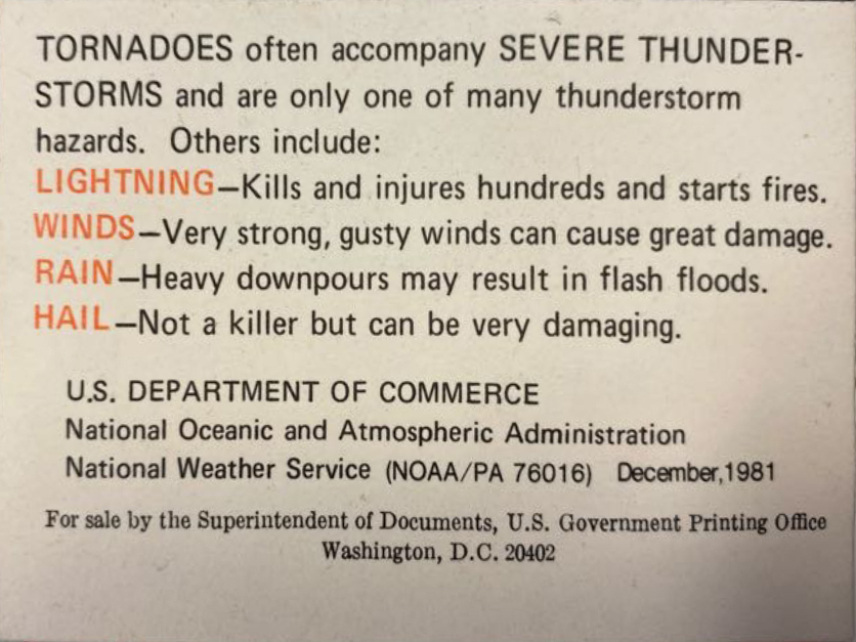
There are no accounts of why the original creators chose to make Owlie’s eyes tornadoes. But those eyes were used in the comics, no matter what type of weather Owlie was warning people about.
In the years that followed, Owlie was made into a full mascot. In 2004 his eyes were changed when the character was updated. Today you might see someone in the Owlie Skywarn suit at an in-person event where weather safety is being featured. You can also follow Owlie on many social media platforms, including Facebook and X/Twitter. Owlie’s educational materials are still helping families, schools and communities prepare for hazardous weather.


